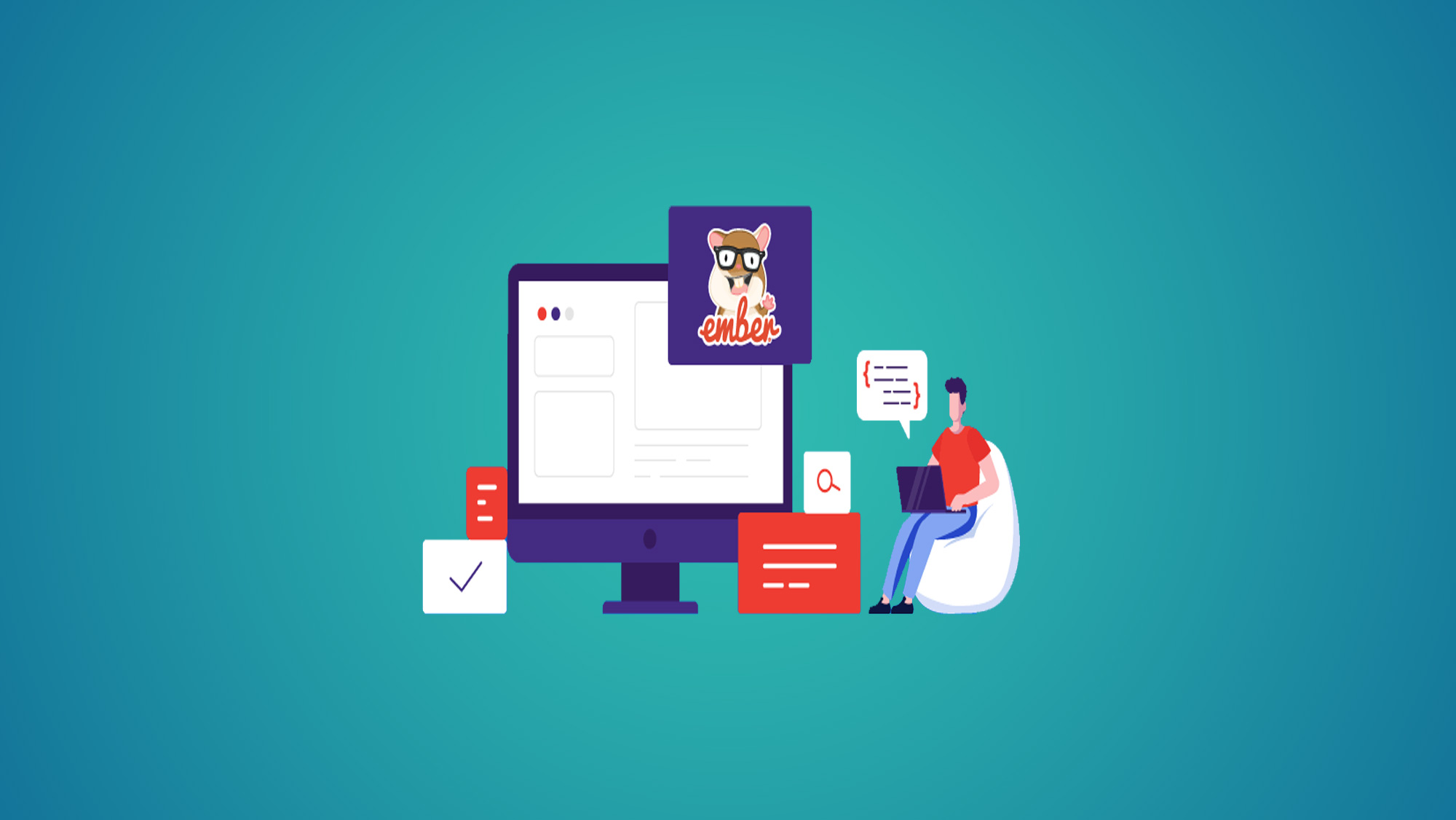Ember.js Training Essentials: Building Modern and Scalable Web Apps
Introduction:
Ember.js is a popular JavaScript framework known for its ability to build modern and scalable web applications. With its convention-over-configuration approach and strong emphasis on developer productivity, Ember.js is a valuable tool for front-end developers. In this blog post, we will explore the essentials of Ember.js training and how it empowers developers to create robust and feature-rich web applications.
1. Understanding Ember.js Fundamentals:
Ember.js training begins with a deep dive into the core concepts and architecture of the framework. Participants gain an understanding of the Model-View-ViewModel (MVVM) pattern, the Ember object model, routing, components, templates, and Ember CLI (Command Line Interface).
2. Building UI with Ember.js Components:
Ember.js is renowned for its powerful component-based approach to building user interfaces. Training covers the creation and usage of reusable Ember components, managing component states, handling actions and events, and working with component templates and styles.
3. Working with Ember Data:
Ember Data is an essential part of Ember.js that provides a powerful data management layer for interacting with backends. Training explores Ember Data models, relationships, adapters, and serializers. Participants learn how to perform CRUD operations, handle data persistence, and work with RESTful APIs.
4. Routing and Navigation:
Ember.js training covers routing and navigation, enabling developers to create multiple routes, nested routes, and handle URL transitions. Participants learn how to manage application state, load data for specific routes, and implement dynamic segment-based routing.
5. Testing and Debugging:
Training in Ember.js emphasizes the importance of testing and debugging to ensure application quality. Participants learn how to write unit tests, integration tests, and acceptance tests using Ember Testing tools. Debugging techniques and best practices are also covered to effectively identify and fix issues.
6. Ember.js Addons and Ecosystem:
Ember.js has a vibrant ecosystem with a wide range of addons and community-contributed packages. Training introduces participants to popular addons for enhanced functionality, such as authentication, form validation, and data visualization. They learn how to leverage these addons and extend Ember.js applications.
7. Performance Optimization:
Ember.js training includes strategies for optimizing the performance of Ember.js applications. Participants learn techniques for lazy loading, minimizing rendering overhead, code splitting, and efficient data fetching. They gain insights into optimizing Ember.js apps for better speed and user experience.
8. Deployment and Production Readiness:
Training provides guidance on deploying Ember.js applications to production environments. Participants learn about build optimization, asset management, environment configuration, and deployment best practices. They understand how to prepare their applications for real-world deployment scenarios.
Conclusion:
Ember.js training equips developers with the essential skills and knowledge needed to build modern and scalable web applications. By understanding the core concepts, utilizing components effectively, working with data management using Ember Data, and mastering routing and testing, developers can create robust and feature-rich applications. With Ember.js, developers can unlock their potential to build powerful web apps and deliver exceptional user experiences.
You May Also Like
These Related Stories

Everything You Need To Know About Ember.js Training

Becoming an Ember.js Pro: Mastering the Art of Web Applications




No Comments Yet
Let us know what you think